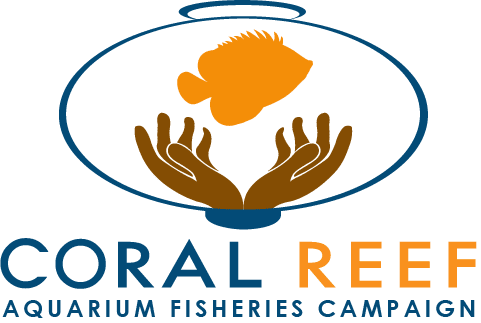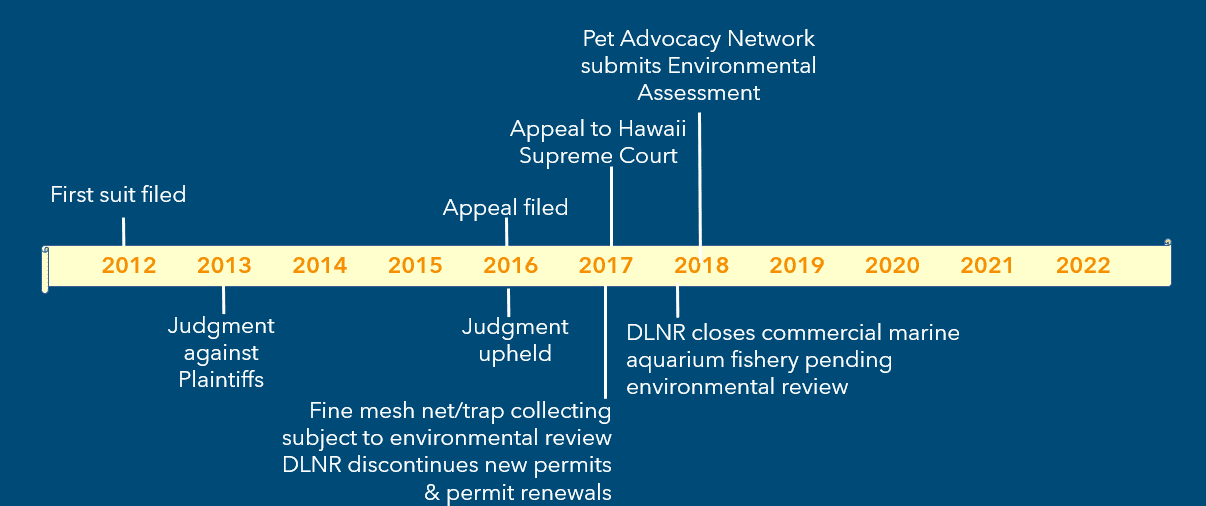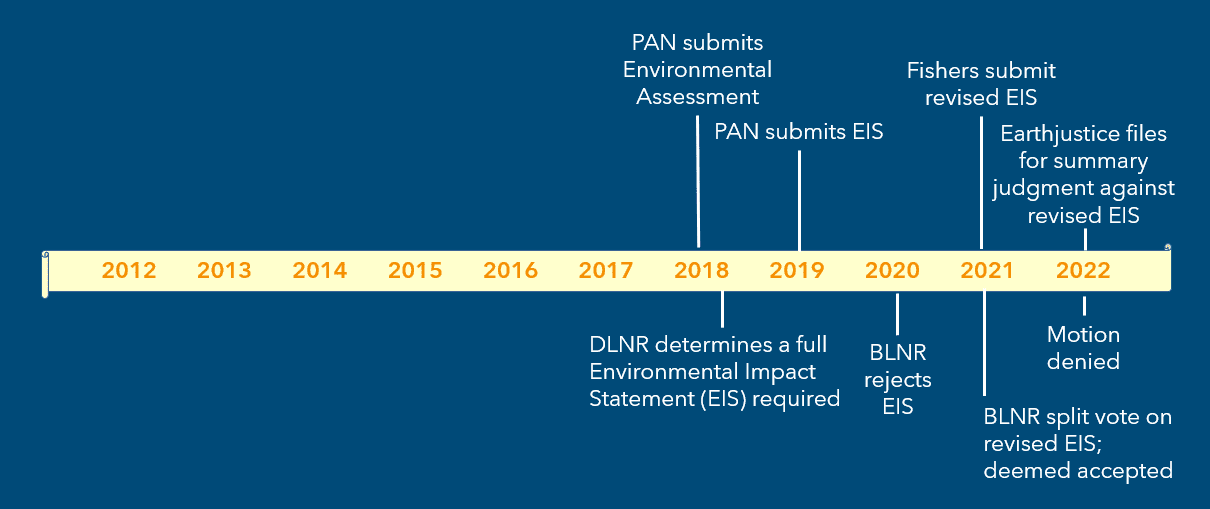Despite comprehensive management of Hawaii's historical marine aquarium fishery, litigation over the past few years has effectively shut it down. Here, we'll explore its history, the reasons why, and the status of the fishery by late 2022.
Hawaii's marine aquarium fishery was historically active on the islands of West Hawaii and, to a lesser extent, Oahu. The stories of these two regions are similar, but there are some differences between them. This story will focus on the history and developments of the West Hawaii fishery.

The West Hawaii Regional Fishery Management Area (WHRFMA)
West Hawaii's marine aquarium fishery was well-regulated for many years under the management authority of the Hawaii Department of Land and Natural Resources (DLNR). The area honored marine protected areas (MPAs), and established a network of nine additional Fish Replenishment Areas (FRAs). All of these site designations restricted fishing activity to varying degrees to allow for recovery of fish densities in these and surrounding fishing areas. The Council established a "White List" of 40 species permitted for fishing, and fishing activity was regulated through the use of permits, gear restrictions, and fishing quotas.
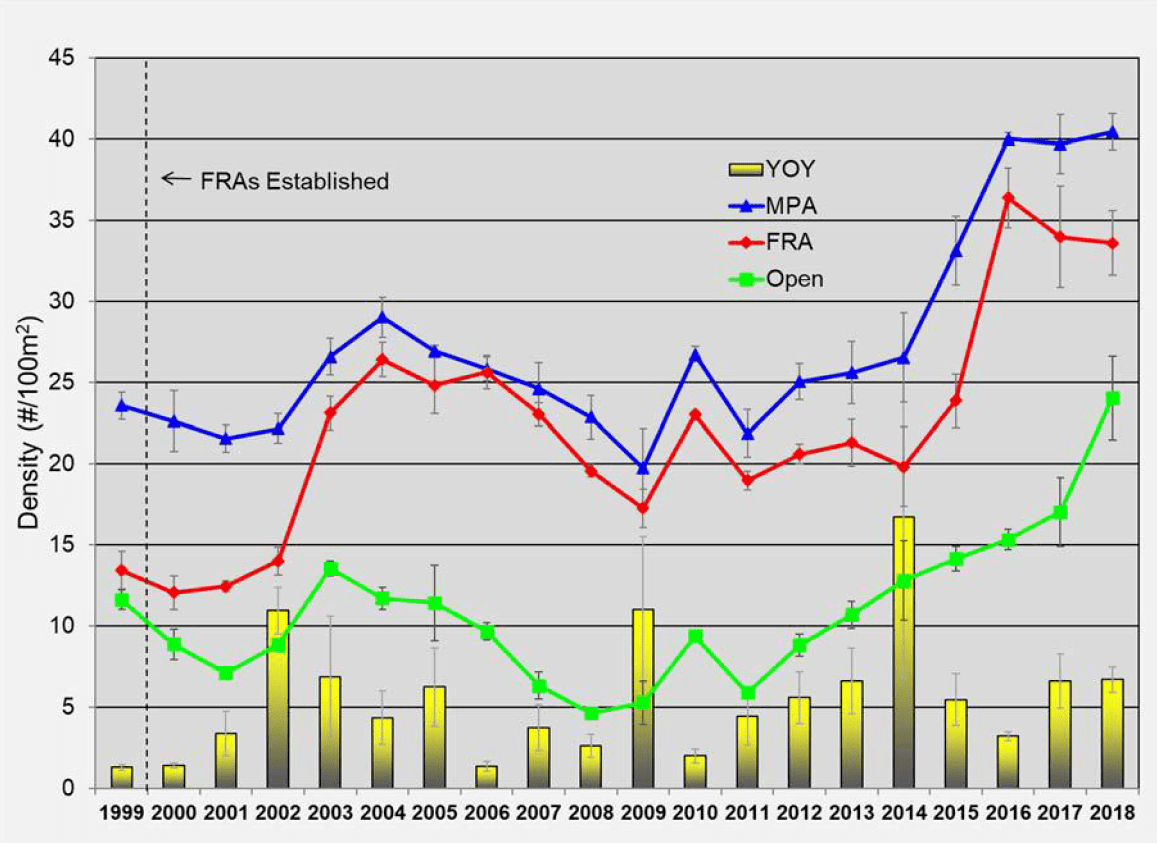
The Result
The DLNR's management strategies seemed to be working. As an indicator species in the Hawaii marine aquarium fishery, the Yellow Tang, the most popular species in the fishery, enjoyed growth in abundance of the species throughout the WHRFMA since 2009.
Overall changes in Yellow Tang abundance (Mean +/- SE) in FRAs, MPAs, and open areas, 1999-2018. YOY = Young-of-year. Source: Hawaii DLNR
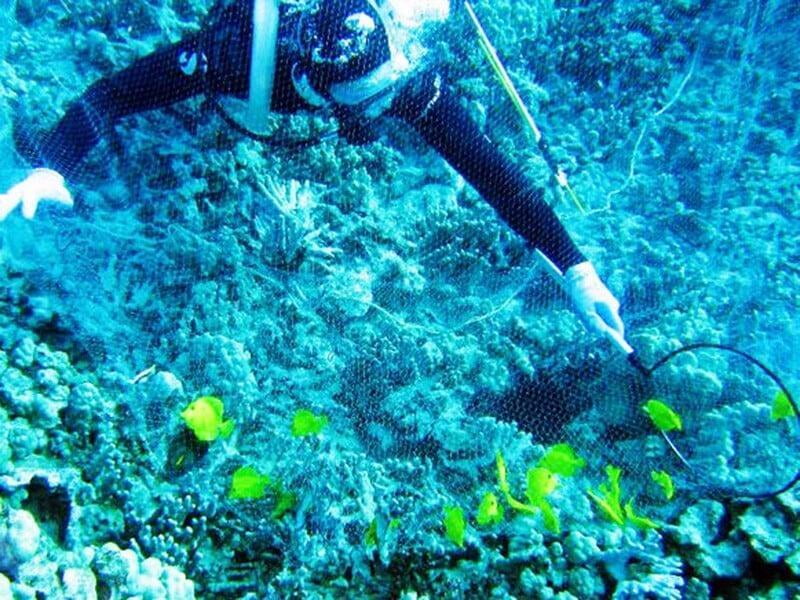
The Case Against Aquarium Fishing in Hawaii
Preservation vs. Conservation
Both are means of protecting the environment. Conservation seeks to balance the sustainable use of natural resources, managing the long-term viability of those resources with the opportunity to provide for the livelihoods of people dependent on them. In contrast, preservation seeks to protect resources from human use, excluding livelihoods from the equation.
Bad Actors
Bad actors in the aquarium fishery have utilized illegal and destructive fishing methods to catch fish for profit. Preservationists have highlighted the stories of these bad actors in arguing their case against the Hawaii marine aquarium fishery.
Malama 'Aina: "Taking Care of One's Place"
A tenet of the Hawaiian ethos is to take from the land only what is needed for survival. Fishing for food is generally accepted in Hawaiian culture, as it provides sustenance. Aquarium fishing, however, is not needed for survival. This is the cultural perspective of native Hawaiians, and merits respect and consideration when it comes to making decisions for the Hawaiian aquarium fishery. But what about the livelihoods of Hawaii's marine aquarium fishers, many of whom are natives themselves?
Timeline
A coalition of individuals and preservation organizations filed suit to force the DLNR to conduct an environmental review before issuing collection permits. Here's how it unfolded:
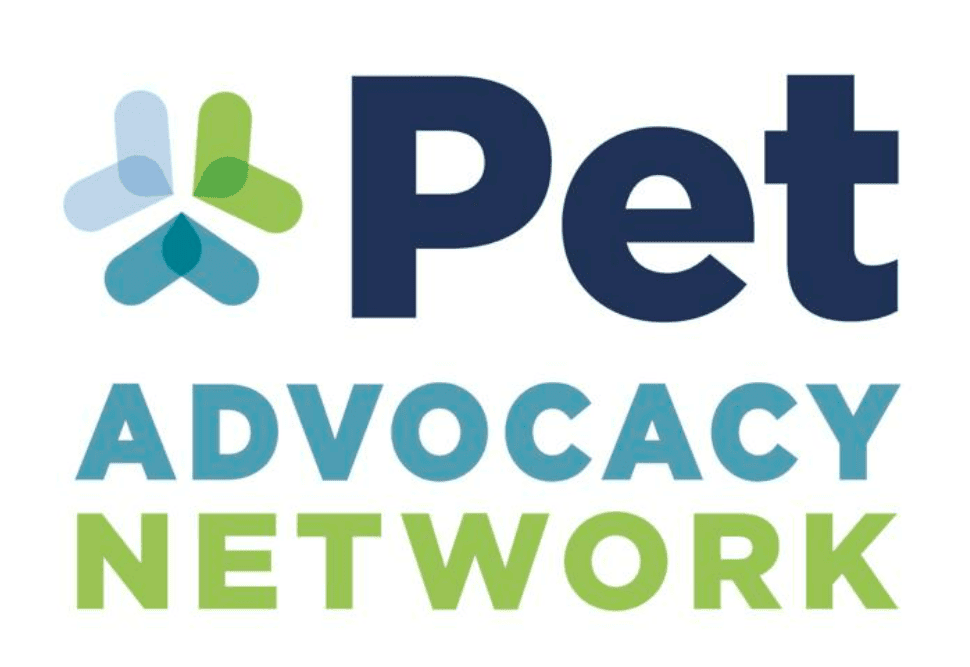
Who is the Pet Advocacy Network (PAN)?
PAN, formerly the Pet Industry Joint Advisory Council (PIJAC), represents the experience and expertise of the responsible pet care community to legislative, regulatory, and governing bodies. The Mission of their Aquatic Committee is to foster collaboration among the aquatic community on aquarium fish regulatory and legislative issues impacting businesses, hobbyists, and environmental stewardship in the U.S. Does anybody remember Habitattitude? Yup! They did that. In this case, PAN's Aquatic Committee prepared two Environmental Impact Statements (EISs) for aquarium fisheries, on the Islands of Hawaii (West Hawaii marine aquarium fishery) and Oahu. The timeline continues...
So Where Do Things Stand Now?
As of this writing, based on the split vote of the revised EIS and the rules of Hawaii's Board of Land and Natural Resources (BLNR), the revised EIS has been officially accepted. Consequently and presumably, the DLNR will be preparing for re-opening of the fishery and re-engaging in its management, monitoring, and enforcement efforts. Stay tuned!
Sources
This blog post was informed from insightful conversations with Bob Likins, Executive VP of the Pet Advocacy Network, Matt Pedersen, and Bryce Risley. Articles on the topic published by FISH Magazine, Hawaii's Department of Land and Natural Resources, the Pet Advocacy Network, and Reef to Rainforest Media were also consulted.
